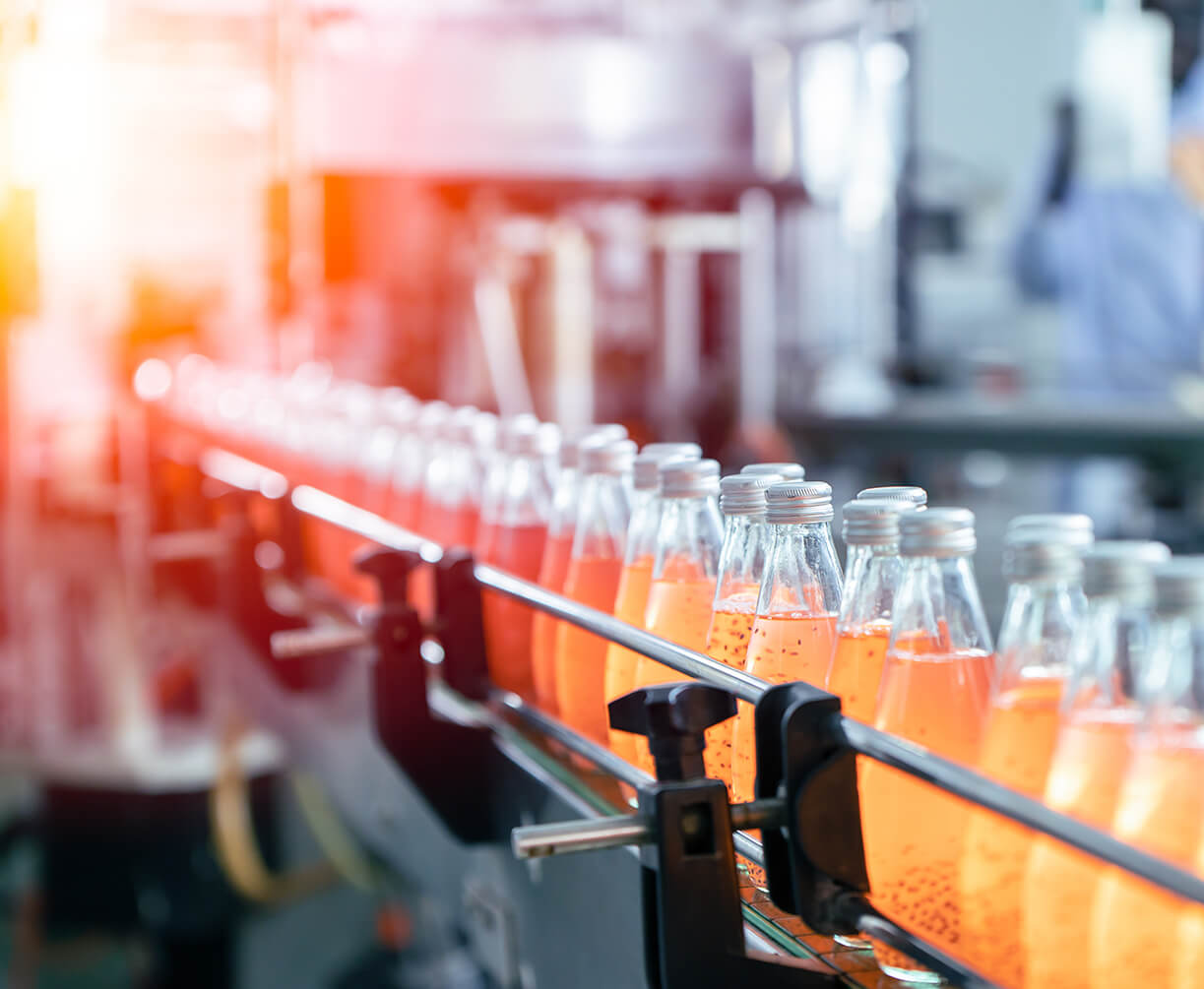
Industries
We work with...


Despite the emerging consumer trends and competitive innovations in the food and beverage industry, the most important factor remains unchanged: a carefully controlled process to keep the product tasty and free from microbial contamination. Temperature control and efficient energy use are everything, whether it is pasteurization, fermentation, wort cooling, or simply cleaning the brewing equipment. It is here that heat exchange systems are critical. A heat exchanger for brewing must answer all the challenges and deliver a reliable performance.
Heat exchangers are vital components in the food and beverage industry, where precise temperature control and efficient heat transfer are essential. Their primary function is to transfer thermal energy from one fluid to another, ensuring the safety, quality, and shelf-life of various food and beverage products.
One of the industry's key applications for heat exchangers is pasteurization. Pasteurization is a heat treatment process employed to eliminate harmful microorganisms, such as bacteria, yeasts, and molds, from food and beverages. Heat exchangers play a crucial role in facilitating the rapid heating and cooling necessary for pasteurization, preserving the taste, texture, and nutritional value of the products.

Heat exchangers also contribute significantly to the energy efficiency of food and beverage processing. By recovering and reusing heat from hot process streams, they effectively reduce energy consumption and operating costs. This feature is particularly important in industries where large quantities of hot water are required, such as brewing, dairy, and canning. Heat exchangers can recover heat from pasteurization processes, condensation, and other sources, thereby reducing the dependence on external energy sources and promoting sustainability in the industry.
|
Heat exchangers can be used in a variety of industries to help enhance productivity, efficiency, and safety in industrial processes. At AHE, we help industries define challenges and deliver custom-made products and solutions that make a difference for their businesses. Let us know how we can help transform your heat exchange operations.